FOR THE LAST 10 years, besides Wasps in 2007, the Heineken Cup has been a carved up between French and Irish teams, and this year the two countries make up six of the eight quarter finalists.
Since the competition began the French sides have always been wealthier, with bigger squads and greater resources, yet the two countries have produced the same amount of winners (six).
With the extra cash they’ve accumulated in recent times through TV deals and wealthy benefactors, the French clubs have almost always opted for size and power.
Toulon, for example, have bought Bakkies Botha, Carl Heyman, Juan Smith, Danie Roussow, and Mathieu Bastereaud. There’s a claim to be made that they’re all the most powerful men in their respective positions in world rugby. All are well rounded players, but not one of them could claim to be the most skillful option available.
Clermont have perhaps the biggest backline in the history of the sport with Aurelien Rougerie, Sitiveni Sivivatu, Lee Byrne and Napolioni Nalaga. Even Toulouse, despite their historical devotion to skill, have in recent years opted more for imported bulk with the signings of Louis Picamoles, Iosefa Tekori, and Census Johnston. Montpellier and Racing Métro have applied a similar formula.
In contrast, look at some of the key signings made by Irish provinces over the last few seasons – Rua Tipoki, Christian Cullen, Doug Howlett, Paul Warwick, Lifemi Mafi, Ruan Pienaar, Jarred Payne, Felipe Contepomi, Isa Nacewa, Chris Whitaker, Rocky Elsom, Dan Parks – none of whom were chosen for their size. There have been a few huge men brought here such as Jean de Villiers, John Afoa, Johann Muller, and Brad Thorn, but they’re not the norm.
The idea of super rich clubs is still relatively new to rugby, so we’re yet to see the effects of continued wealth over a long period of time, but the early signs are that money will make the sport even more uneven than is the case with football. Football coaches can use massed defences, man marking and other tactics to deal with more technical opponents. In rugby, if big men keep running at you, you have to keep tackling them.
Having a more powerful team of course doesn’t guarantee you victory, but over the course of a league it weighs the odds heavily in your favour. You’re playing a lower percentages game, that requires less imagination. The bigger side remains within its comfort zone, the smaller team has to take risks to survive.
As things stand the Heineken Cup format suit the Irish sides as they don’t have to face massive men every week, but if it was to change to more of a league structure, they would struggle.
Loss of speed and aerobic capacity used to be the trade off for big teams, as smaller men could work their opponents around the park, find space out wide and reap the rewards of superior fitness late in the game. These factors don’t apply as much anymore.
Big men get subbed off around the 60 minute mark so can run themselves ragged in the knowledge they wont have to last till full time. Jonah Lomu was the first real example of size not being an inhibitor to speed, but now giant pace-men are commonplace with Nalaga, Sivivatu, Savea, Fickou, North and Cuthbert, among others, all thriving at club and international level.
There will always be exceptions to the rule. Castres won the Top 14 last year with two 5ft 9” men in their backline in Brice Dulin and Max Evans, New Zealand went unbeaten last year with Aaron Smith (5ft 6”) and Aaron Cruden (5ft 9”) at halfback, and most pertinent of all are Ireland, who won the Six Nations with the smallest, smartest team in the championship.
Leinster and Munster, too, have repeatedly shown over the years that they can out think bigger teams but if the wealth gap continues to grow there will come a point where the physical disparity on the field will be impossible to overcome.
You can follow Second Captains on Twitter here.
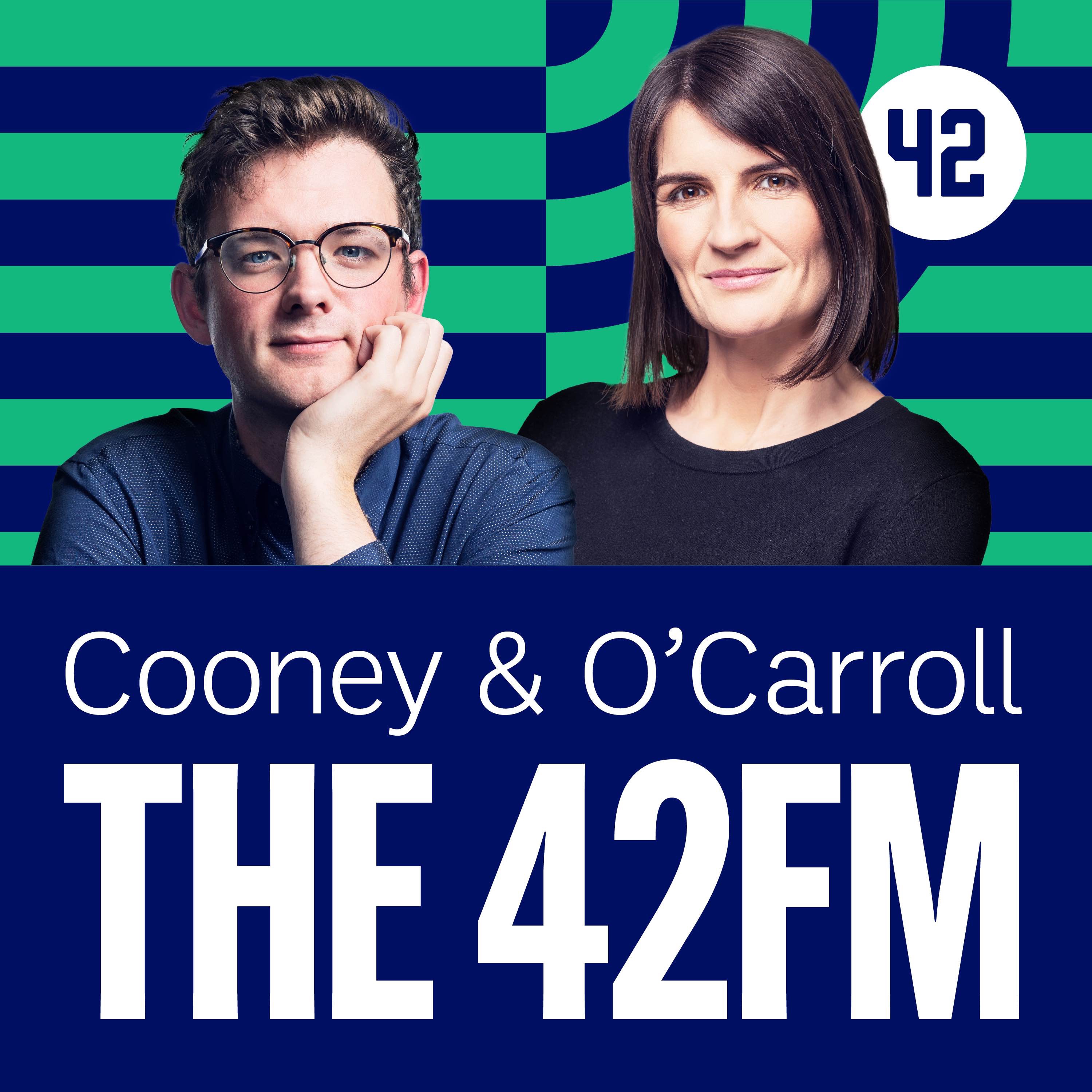
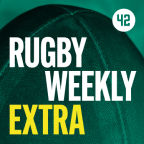
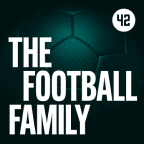






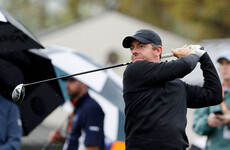

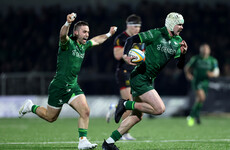
If Leinster are to win this game they have two things to do. Keep the penalty count between 5 and 7 and give away as few penalties as they can in their own half. The second thing is stop the ball getting too wide, if gitteau is keep quite they will lack their main creative player. It’s gonna be a tight one but they lads are well capable of beating any team.
What I can never understand is why a good amount of the irish players are simply not in good shape
Look at Toner for example, why does he not have the physique of a bakkies Botha, its made in the gym and via diet.
Yes there is a element of genetics, but there no reason for the poor physical condition of a lot of these guys.
Someone like Zebo is in really poor shape for a guy of his age.
Comparing Devon Toner who stands about 3 or 4″ taller than Botha and is 7years younger and is built completely different (yet weighs about the same I’d guess) is a silly comparison – I get what you’re saying but that comparison is ridiculous. Zebo is also a stupid comparison…. If you look at England’s back 3 of Brown, Nowell and May, these guys are no different than Zebo yet all started for their country… The game is evolving to a power game but Southern Hemisphere teams (especially South Africa always had an advantage, Ireland will get there but for now I’m content with our players build and skill level.
Some people are more powerful than others. Power is something you either have or you don’t have. It is innate. You can do things to increase it to maximise your potential but there is a reason why Fosby could flop and Tyson could throw a knock out punch. It is power.
Zebo can bulk up and improve his rucking technique but his size is within norms for his position. He is circa 14st. There are others much bigger than him but these things tend to run in cycles.
I concur with the other feedback on Botha vs. Toner. Toner’s stats show that he is very fit indeed, has a high ruck count and tackle count. He is not in bad shape but neither is he Richie Grey who is the size height but has a very different and more athletic build.
A lot of the answer is quite simply a question of DNA.
Boleyn would you prefer the following Irish pack,
McGrath Varley Tony Buckley
Bob Casey P.O’Connell
Ferris O’Brien Henry
They are probably the largest pack we could muster and are as big physically as any other International pack but does it mean that they would be any good together?
Simon Zebo – 6″2, 94kg
Luke Fitzgerald – 6″1, 92kg,
Dave Kearney – 5″11, 91kg
Andrew Trimble – 6″4, 98kg
Craig Gilroy – 6″0, 93kg
Fergus McFadden – 6″0, 93kg
Tommy Bowe – 6″3, 102kg
I’d say Zebo’s pretty standard for an Irish winger really, especially one as pacey as he is. As for Toner versus Botha, both of whom weigh the same (a massive 124kg), Bakkies is considerably more barrel-chested and stocky than Toner will ever be, however he has never been the same line-out threat that Toner is. Toner’s length of limb and relative lightness grants him terrific versatility there and he has quickly become used as an option as much as, if not more than, O’Connell (who for the record stands only an inch shorter than Botha but weighs a “mere” 110kg, would you say he’s out of shape? Incidently Matfield was the same), while still providing considerable grunt to the scrum. Botha is a bosher, an enforcer, Toner is much more of a technician, albeit one who now boasts a massive workrate, and who I believe will continue to improve.
This trend of power and size has been imported from Rugby League. The solutions to that style of play are also in rugby league.
The strength and depth of any squad will always be determined by the “wealth gap”. However with a small pool of players it would be better to have squads strengthened by moving young players around the provinces wherever the opportunities for game time appear. This would mitigate squad depletion due to absences and increase the competitiveness of all of the Irish provinces.
The tactics developed by rugby league teams to beat the big men of rugby are usually quite spectacular.
A more interesting read would be the examples of the broken field kicking skills that rugby league players adopt to beat the big men of rugby league.
Boleyn have you heard of endomorphs, ectomorphs and mesomorphs? If not you should look it up